Rick Potts is no atheist-evolutionist-Darwinist. That often comes as a surprise to the faith communities he works with as head of the Smithsonian's National Museum of Natural History Human Origins Program in Washington, D.C.
Raised Protestant — with, he likes to say, “an emphasis on the ‘protest’” — the paleoanthropologist spends his weekends singing in a choir that sings both sacred and secular songs. At 18, he became a conscientious objector to the Vietnam War, because he felt it was antithetical to people trying to understand each other. In college, he studied comparative religion. “I wanted to understand that universality of human beings,” he explains, framed by the early hominin skull casts that line his office on the National Mall. “How do you understand all of human beings as a totality, rather than the divisions between people?”
That’s why, for him, human evolution is the perfect topic to break down entrenched barriers between people in an increasingly polarized, politicized world.
Potts first joined the Smithsonian Institution, the United States' vast network of public museums and research centers, back in 1985, and he knew he wanted to create a new kind of human evolution exhibit — one that went beyond phylogeny and taxonomy. The hall’s lofty title — “What Does It Mean To Be Human?” is no accident. “Ours is the only one to ask that larger question,” he says of the installation.
Still, by 2010 Potts says he realized that the only people coming to the exhibit were those who had no quarrel with the science of evolution. In order to reach the more than 100 million Americans who still question that science, he would have to take the evidence — carefully packaged — to them.
Such was the origin of the Human Origins Traveling Exhibit, which wrapped up last year. The idea was to bring key parts of the permanent installation in the nation's capital to diverse communities, including ones that were rural, religious, remote. At least 10 of the 19 sites the Smithsonian visited were deemed “challenging” — places where the researchers suspected that evolution might still be a contentious subject, for religious or other reasons. The exhibit would be accompanied by a team of clergy members and scientists handpicked by the Smithsonian, and they would engage the public and local clergy in conversations about this fraught topic.
This project was funded in part by the John Templeton Foundation, a well-resourced organization that backs efforts to bring religion and science into harmony, as well as the Smithsonian's Peter Buck Fund for Human Origins Research. Part of the stated goal was straightforward science education. After all, evolutionary theory is the backbone of chemistry and biology, the through-line that makes sense of all the sciences. Human evolution is also “one of the highest hurdles — if not the highest hurdle — to science education in America,” says Potts, a 64-year-old with wire-rim glasses and a gentle demeanor.
But merely teaching evolutionary science wasn’t the point. Potts was going for something more subtle: Not conversion, but conversation.
“Our goal is to lower the temperature,” he says.
.....
If you aren’t caught on one side of the evolution debates, it can be hard to grasp what all the fuss is about. Here’s the short version: Charles Darwin’s crime wasn’t disproving God. Rather, the evolutionary theory he espoused in "On the Origin of Species" rendered God unnecessary. Darwin provided an explanation for life’s origins — and, more problematically, the origins of humanity — that didn’t require a creator.
What would Darwin think if he could see the evolution wars rage today? If he knew that, year after year, national polls find one-third of Americans believe that humans have always existed in their current form? (In many religious groups, that number is far higher.) That, among all Western nations, only Turkey is more likely than the United States to flat-out reject the notion of human evolution?
Those who research the topic call this paradigm the “conflict mode" because it pits religion and science against each other, with little room for discussion. And researchers are starting to realize that it does little to illuminate the science of evolution for those who need it most. “Acceptance is my goal,” says Jamie Jensen, an associate professor who teaches undergraduate biology at Brigham Young University. Nearly all Jensen’s students identify as Mormon. “By the end of Biology 101, they can answer all the questions really well, but they don’t believe a word I say,” she says. “If they don’t accept it as being real, then they’re not willing to make important decisions based on evolution — like whether or not to vaccinate their child or give them antibiotics.”
In 2017, biology education researchers at Arizona State University tested whether teaching strategies could lower this sense of conflict. For a study, they added two-week modules in biology classes to directly address students’ philosophical roadblocks and brought in contemporary scientists with religious backgrounds. By the end of the class, the authors noted in a paper, students who perceived a conflict were reduced by half, leading them to conclude that discussing the compatibility of religion and evolution "can have a positive impact on students that may extend beyond the classroom.”
This work is part of a wider movement seeking to bridge the gap between evolutionary science and religion — whether real or perceived. The big players include the BioLogos Foundation, an organization that stresses the compatibility of Christianity and science founded by Francis Collins, the director of the National Institutes of Health and an evangelical Christian, and the American Association for the Advancement of Science’s Dialogue on Science, Ethics and Religion (DoSER), a program that aims to encourage science dialogues within faith communities.
These groups recognize that cultural barriers, not a lack of education, are what’s preventing more Americans from accepting evolution. “I never want to downplay the importance of teaching our students evolution, I think it’s the most important thing we do,” says Elizabeth Barnes, one of the co-authors of the biology education paper. “But it’s not enough if we want students to actually accept evolution.”
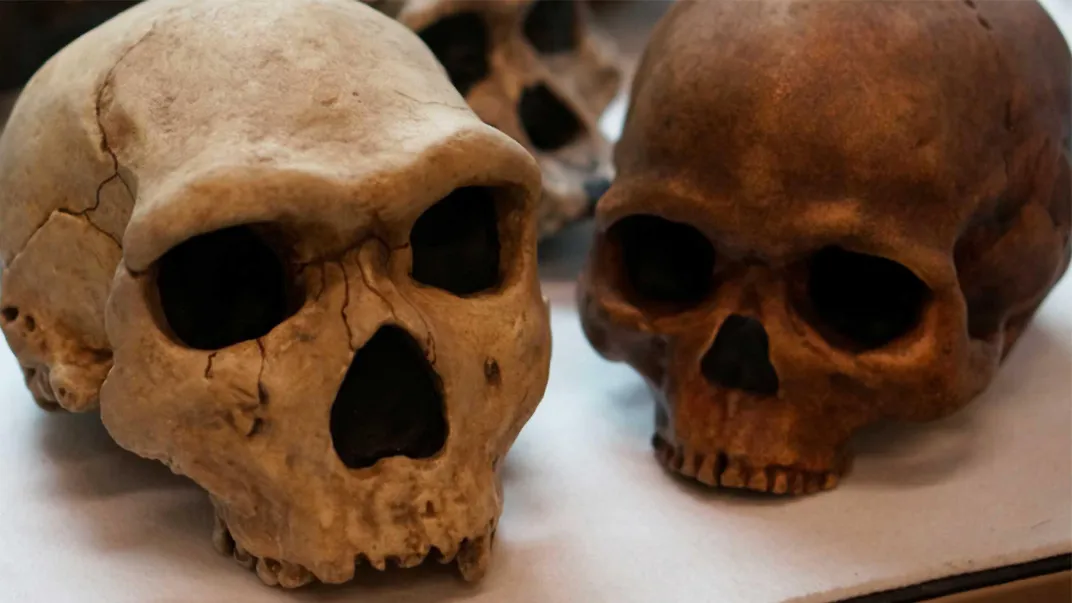
The museums traveling evolution exhibit may be among the most ambitious efforts to bridge the science-faith divide. The idea of going from a debate to a conversation “is a game changer, in terms of the rules of how you listen and how you talk to someone,” says Potts. To do that, he sought to bring human evolution not only to people who wanted to hear about it, but to those who really, really didn’t.
.....
“We knew there’d be backlash," says Penny Talbert, a 47-year old who was born into a Pennsylvania Dutch family and now works as a librarian and executive director of the Ephrata Public Library in Pennsylvania. “We didn’t expect the anger.”
Of all the communities chosen to host the Smithsonian exhibit in 2015, Ephrata would prove to be the most challenging. The town, which means “fruitful” and gets its name from the biblical site of Ephrath, is in the heart of Amish country. Most of its residents are conservative Christian and Anabaptist (Amish, Mennonite, Brethren); more than 70 percent voted for Donald Trump. Ephrata was also the only town that staged a substantial boycott to the exhibit, which included touch-screen kiosks, casts of prehistoric skulls, and a panel pointing out that Homo sapiens share 60 percent of their genes with bananas, 85 percent with mice, and 75 percent with chickens.
But it was a near life-sized likeness of a female Neanderthal and her naked child that sparked the most furor among the 30,000 people in the area the library serves. The reproduced statue was stationed at the library’s front entrance on a wooden support. When families entered, they would often cover their children’s eyes throughout the exhibit. A group called Young Earth Action started a website called “The Devil Comes to Ephrata," and an editorial in the local paper accused Talbert of “waging spiritual warfare” on her community.
“What troubled me most was your statue of a naked little boy and lady — right as you walk into the library,” one woman wrote to the library’s board. “I was shocked. Our local library should be a safe place for our children, not a place where we have to worry what our children will see when we come into the library.” The letter was signed, “A Troubled Mom.”
When I visited Talbert last summer, I asked her if she could think of any topic more offensive to her community than human evolution. She was wearing jeans and maroon sunglasses; her hair was brown and streaked with gray.
“Library abortions would probably be more offensive,” Talbert replied, “but that would probably be it.”
Of course, no one who comes to the Human Origins exhibit enters as a blank slate; visitors come in shaped by a lifetime of culture and environment. And a growing body of scientific research suggests that facts don’t change people’s beliefs — particularly when those beliefs are wrapped up in their sense of core identity.
“In what has become a relatively contentious society, can we create spaces when people who have serious and profound differences in views can actually engage each other in conversation?" asks Jim Miller, the president of the Presbyterian Association on Science, Technology, and the Christian Faith and an adviser for the Human Origins Program. The hope, Miller says, is "that we can reach not necessarily a level of agreement, but some level of understanding.”
Dan Kahan, a science communication expert at Yale Law School, thinks that's possible, but only if we abandon some tired rhetorical terrain. Asking people whether or not they “believe” in evolution is the wrong question, Kahan's work suggests, because it forces them to decide between what they know and who they are.
When I told Kahan about the Smithsonian’s project, he agreed with the premise. “I think the organizers are hitting on a really important point, which is that you don’t want to put people in the position of choosing between what science knows and being who you are as a member of the social community,” he says.
“In fact, the literature suggests that’s the worst thing you can do if you want people who have that identity to openly engage with evolution,” he adds.
Better, he suggests, to ask these communities how they think science would explain the mechanisms behind evolution. “Science should be true to science, and then figure out how to make the experience as accessible as possible to as many diverse people as they can,” Kahan says. This involves “teaching them what science knows, you’re not making them into another person.”
.....
About halfway through the Human Origins Hall, an interactive kiosk asks the titular question, “What does it mean to be human?” Here, visitors can view past responses: “We appreciate beauty,” reads one. “To believe in right versus wrong,” says another. “Write poetry and equations … To create and talk incessantly about it … Imagine the impossible … Laughter … To weep for the loss of a loved one … Understand our connection to other living creatures.”
Then visitors are invited to write in their own answers. Many of these, which appear on the Human Origins website, are God-focused, anti-evolution, or have nothing to do with science, but that doesn’t bother Potts. Of course, he’d like to see a society that more readily accepts the science of evolution. “But my philosophy about that is that acceptance has to come from within,” he says. “It doesn’t come from an external effort to gain acceptance.”
What can come from the outside is understanding through conversation. Even in Ephrata, Talbert suggests, the biggest surprise was how much engagement there was around the exhibit. “Not everyone left those conversations feeling incredibly thrilled,” Talbert says, “but I think they all left feeling like they’d been heard.”
And for Potts, that has always been the goal: to change the national rhetoric from a roiling debate to a simmering conversation. “The conflict mode is something we have inherited from past generations, and it’s really up to us whether we want to continue that,” he says. “You have a choice.”
For more articles like this, visit Undark.org.
/https://tf-cmsv2-smithsonianmag-media.s3.amazonaws.com/filer/b5/71/b5713fbd-a530-46c1-80a6-fe448f723087/e5g0b1.jpg)
/https://tf-cmsv2-smithsonianmag-media.s3.amazonaws.com/accounts/headshot/HeadshotGross_Web.jpg)
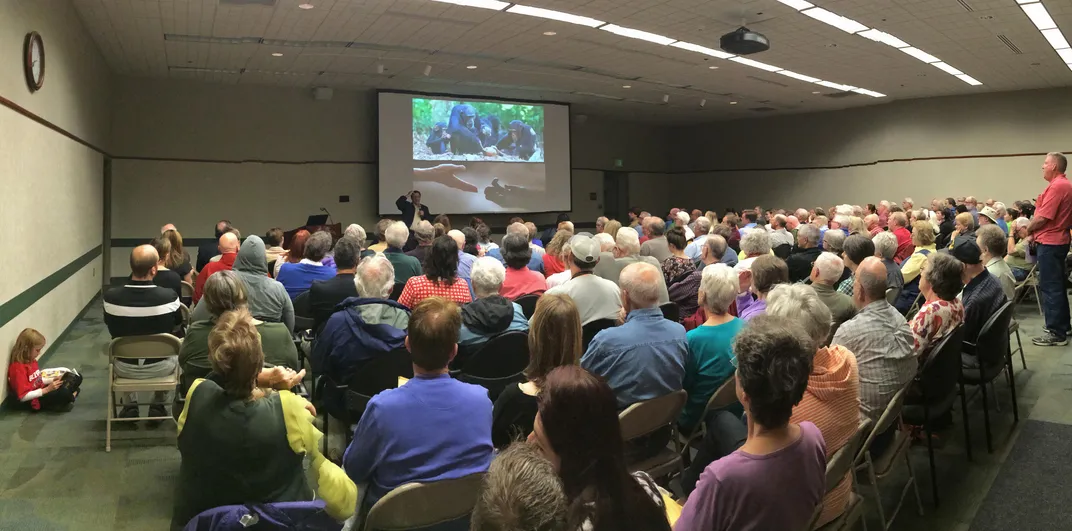
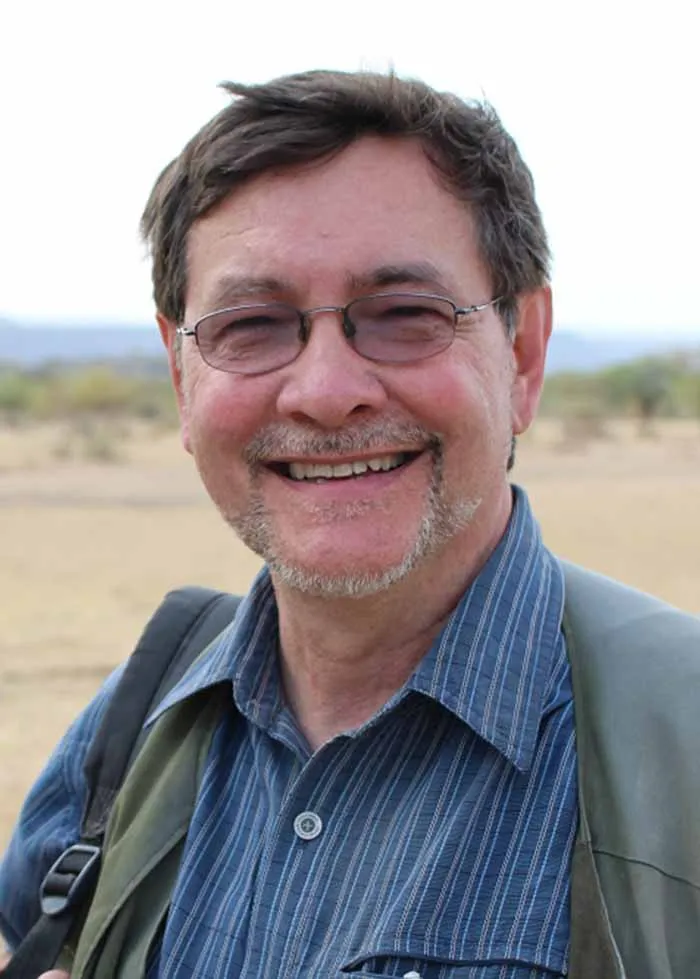


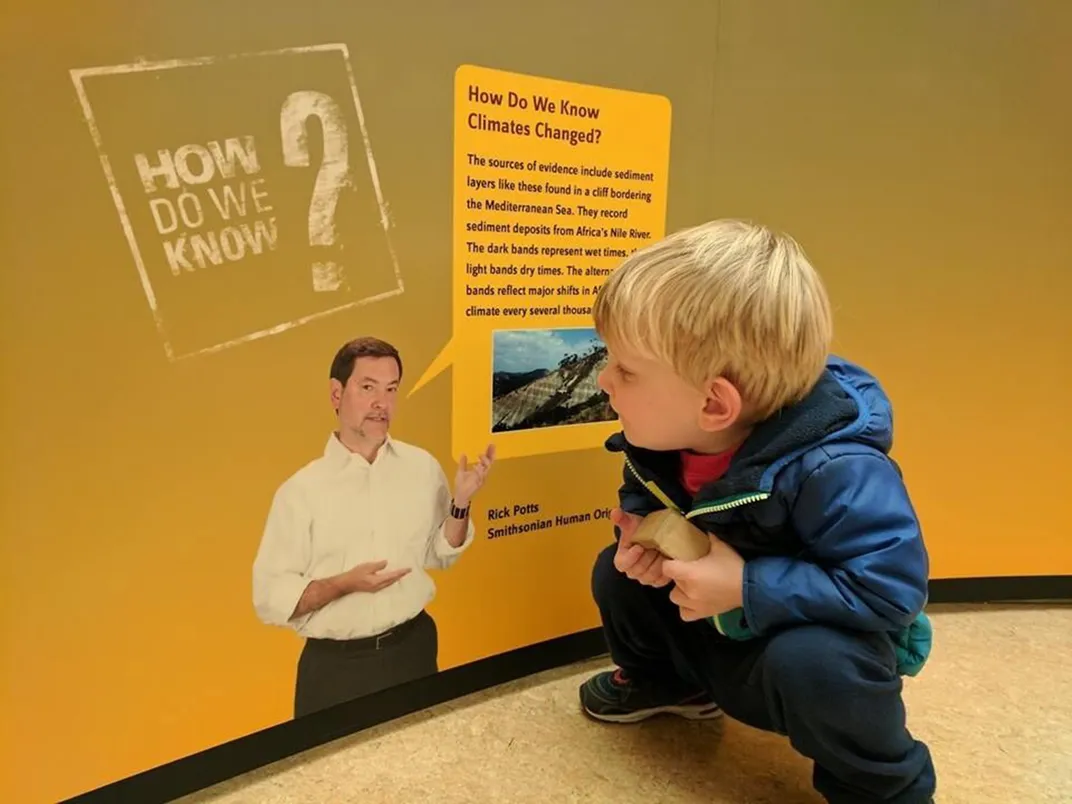
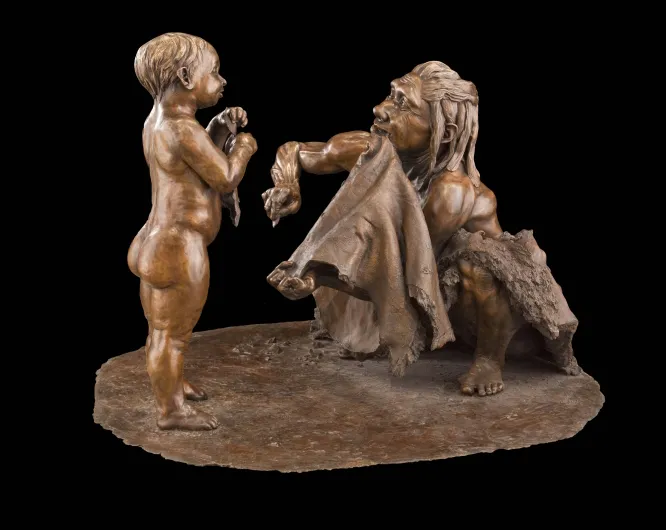


/https://tf-cmsv2-smithsonianmag-media.s3.amazonaws.com/accounts/headshot/HeadshotGross_Web.jpg)